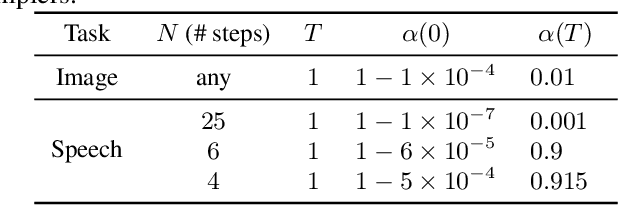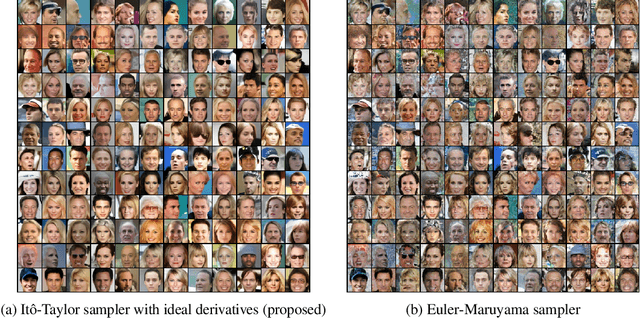Muneyoshi Inahara
RAD: Redundancy-Aware Distillation for Hybrid Models via Self-Speculative Decoding
May 28, 2025Abstract:Hybrid models combining Transformers and State Space Models (SSMs) are promising for balancing performance and efficiency. However, optimizing these hybrid models, particularly by addressing the potential redundancy inherent within the Transformer components, remains a significant challenge. In this paper, we propose RAD (Redundancy-Aware Distillation), a novel framework that uses self-speculative decoding as a diagnostic tool to identify redundant attention layers within the model. These identified layers are then selectively replaced with SSM components, followed by targeted (self-)distillation. Specifically, RAD focuses knowledge transfer on the components identified as redundant, considering architectural changes and specific weight initialization strategies. We experimentally demonstrate that self-distillation using RAD significantly surpasses the performance of the original base model on mathematical and coding tasks. Furthermore, RAD is also effective in standard knowledge distillation settings, achieving up to approximately 2x faster convergence compared to baseline methods. Notably, while a baseline model distilled from a Llama-3.1 70B teacher achieves scores of 46.17 on GSM8K and 22.75 on CRUX, RAD achieves significantly higher scores of 71.27 on GSM8K and 28.25 on CRUX, even when using a much smaller Llama-3.1 8B teacher. RAD offers a new pathway for efficient optimization and performance enhancement in the distillation of hybrid models.
Itô-Taylor Sampling Scheme for Denoising Diffusion Probabilistic Models using Ideal Derivatives
Dec 26, 2021



Abstract:Denoising Diffusion Probabilistic Models (DDPMs) have been attracting attention recently as a new challenger to popular deep neural generative models including GAN, VAE, etc. However, DDPMs have a disadvantage that they often require a huge number of refinement steps during the synthesis. To address this problem, this paper proposes a new DDPM sampler based on a second-order numerical scheme for stochastic differential equations (SDEs), while the conventional sampler is based on a first-order numerical scheme. In general, it is not easy to compute the derivatives that are required in higher-order numerical schemes. However, in the case of DDPM, this difficulty is alleviated by the trick which the authors call "ideal derivative substitution". The newly derived higher-order sampler was applied to both image and speech generation tasks, and it is experimentally observed that the proposed sampler could synthesize plausible images and audio signals in relatively smaller number of refinement steps.
 Add to Chrome
Add to Chrome Add to Firefox
Add to Firefox Add to Edge
Add to Edge